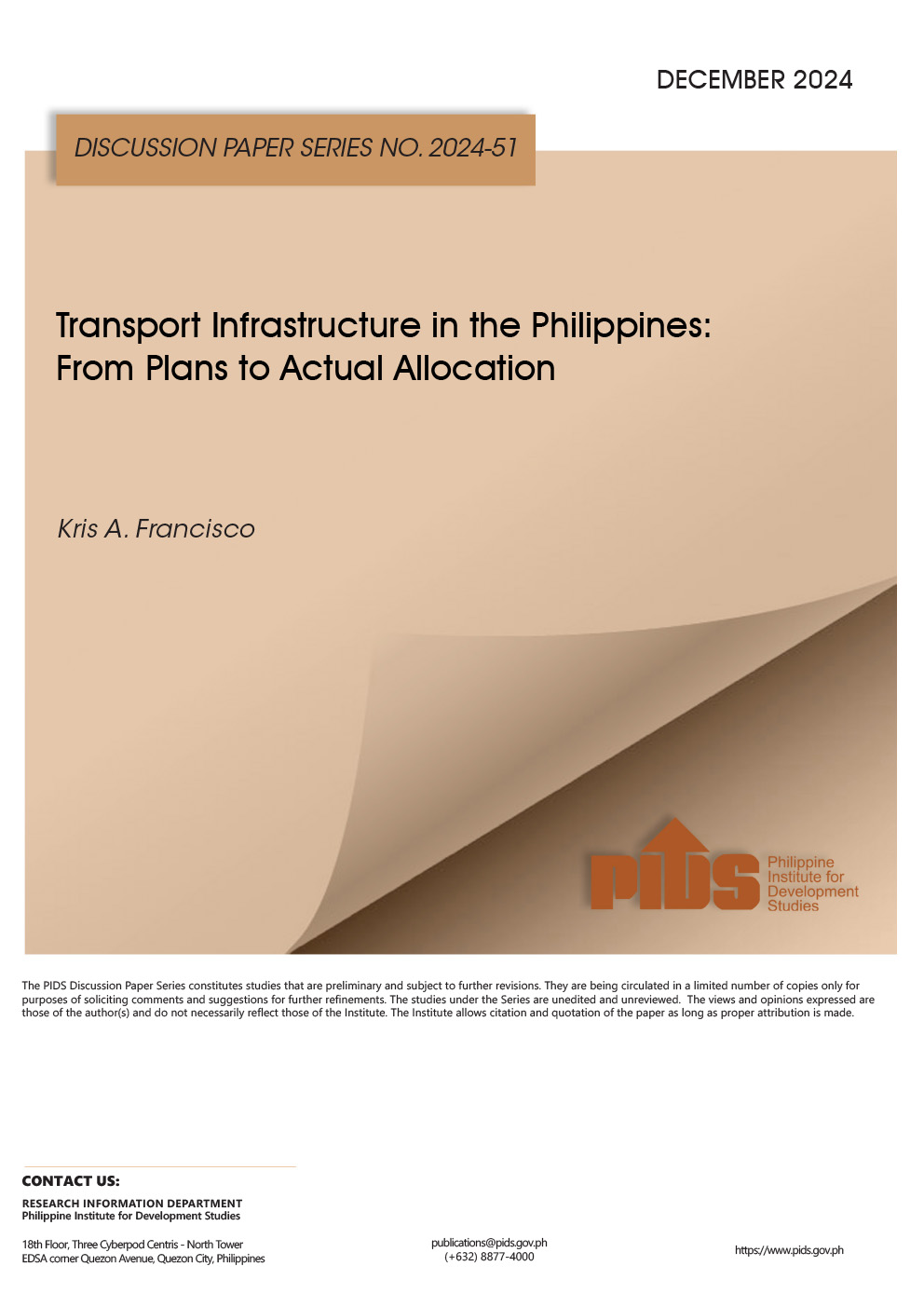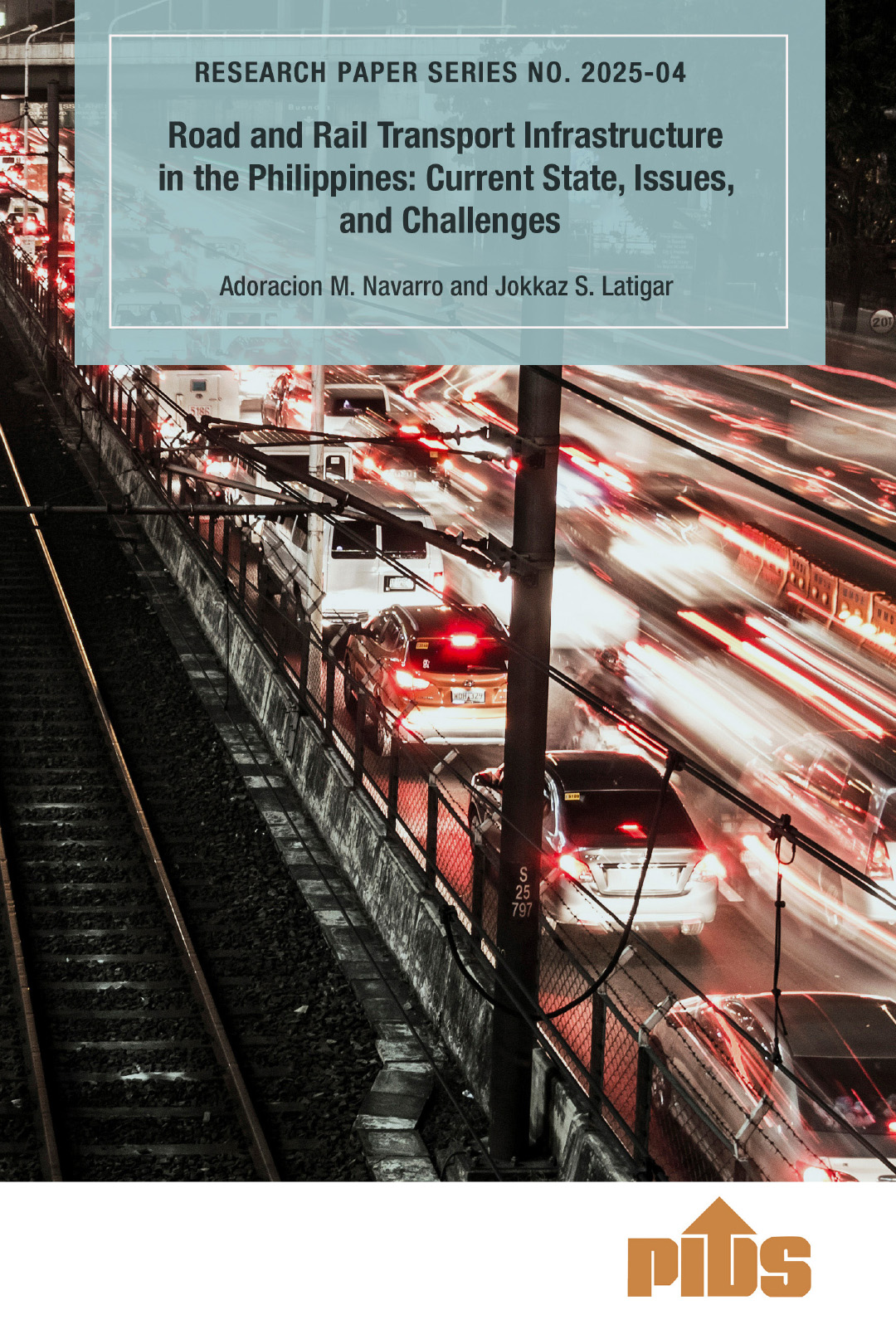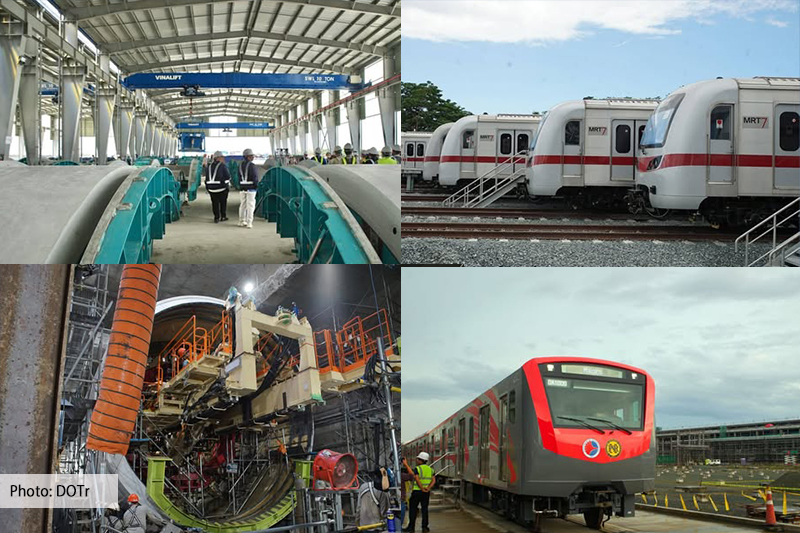POWER outages caused by storms, earthquakes, and even lightning cost the country 107.5 million consumer-hours in 2021, according to a study released by the Philippine Institute for Development Studies (PIDS).
In “Electricity Supply Interruptions in the Philippines: Characteristics, Trends, Causes,” author and PIDS Research Fellow Kris Francisco said this was a 10-percent increase from 97.2 million consumer-hours in 2015.
Consumer-hours, PIDS explained, was computed by multiplying the duration of power outages (in hours) by the number of affected customers.
“Electricity supply interruptions hurt households, businesses, and the economy. Power outages increase households’ and businesses’ expenses to keep them running and disrupt ‘critical infrastructure’ such as banking, transportation, telecommunications, and production, which can lead to huge economic losses,” the PIDS said.
The study highlighted that customers of electric cooperatives experienced, on average, 5.7 power interruptions or 8.8 hours of no power in 2021, an improvement from 2015’s 11 hours.
More frequent power interruptions occurred in Luzon, while longer power outages happened in provinces located in the Visayas.
Francisco said power outages were caused by supply, technical, environmental or “interruptions due to natural events” like storms as well as other issues that cover “prescribed” or unspecified problems in the monthly interruption reports.
Extended power outages were caused by storms and other environment-related factors and are “more concentrated in Luzon than in Visayas and Mindanao.”
While all island groups continue to have prolonged blackouts due to technical and supply issues, the study noted that the Visayas is more affected by insufficient electricity supply.
“This is quite concerning given that the Philippines experiences numerous typhoons a year. Concurrently, this begs the need to improve and climate-proof our power and electricity-related infrastructure to protect them from damages and shorten the duration of weather-related downtime,” Francisco said.
However, the study noted that the country’s access to electricity has improved. World Bank data show that the gap between rural and urban electrification was slashed from 30 percent in 2000 to less than 10 percent in 2015.
Under NEA’s supervision, electric cooperatives are crucial in providing electricity in rural areas. They are the “core provider of electricity services for households” outside of Metro Manila, especially in Visayas, providing 51 percent of the country’s household electricity in 2011, overshadowing private utilities at 34 percent and other providers at 15 percent.
Though access to electricity has improved, Francisco found that the country’s power supply remained insufficient.
“Policies give little attention to improving the reliability of electricity supply. The fast-growing electricity demand is causing stress during peak-power demand months, resulting in widespread blackouts and electricity supply interruptions,” Francisco said.
The study recommended prioritizing the climate-proofing of power and electricity-related infrastructure and crafting policies that expand electric cooperatives’ access to more power supply and generation capacity.
The research also called for improving the electricity sector’s reporting and data management to aid policymaking.







